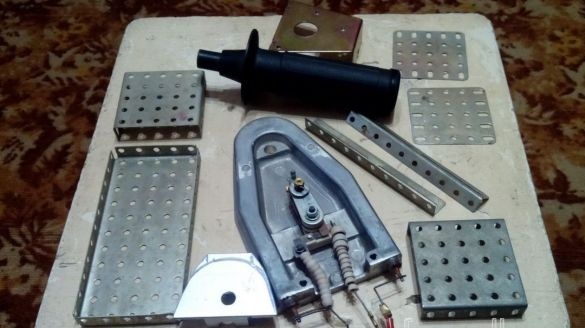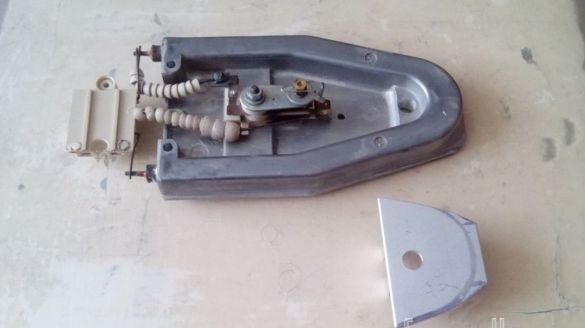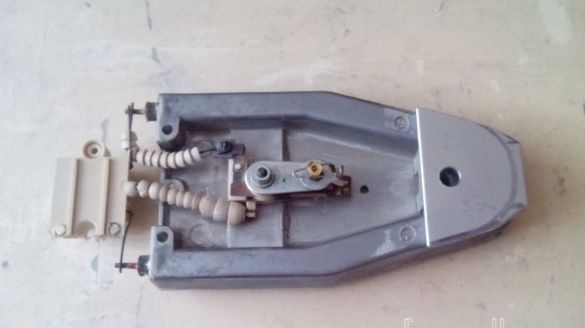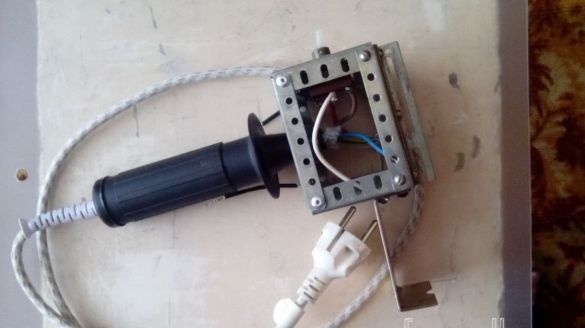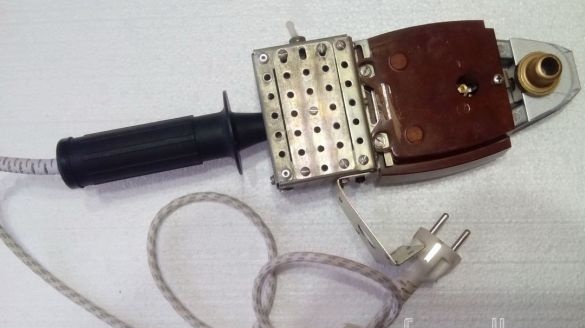Every man who plans to change water pipes in his house should have a special soldering iron that can solder polypropylene pipes. Without it, it will not be possible to correctly connect fittings and pipes into one system. It is unlikely that it will be rational to acquire expensive deviceif they will be used at best every few years.
Of course, there are cheaper soldering irons for polypropylene, but they are considered almost disposable. If you want to save money and get a really high-quality tool, then it's better to do it yourself.
Materials and tools for homemade
• old iron (the main thing is that it has a heating element in good condition);
• Soviet metal constructor;
• in the drill there is a special rubberized handle, it will be required for homemade work;
• toggle switch;
• grinder;
• asbestos cord;
• electrical tape.
The process of making a soldering iron
This device can solder not only pipes, but also other things useful for the household from polypropylene, it would be a desire. Plastic nowadays replaces half of other expensive materials.
Step 1. Dismantling the old iron
At this stage, you will need a grinder, the heating element of the iron needs to be rid of unnecessary parts and make an aluminum plate. We leave only the heating element, the light bulb and the heating power controller.
Step 2. The base of the metal constructor
A box is made from the designer, a handle from the drill and a light bulb from the iron are attached to it. It is necessary to bring the on / off switch and heating control to the wire. All wires are connected together.
Step 3. Assembling a soldering iron
The metal box from the designer must be attached to the base. An asbestos gasket must be present between these elements. The box is screwed on with ordinary bolts.
Conclusion
Quickly and without much effort, a soldering iron for plastic was made.A very useful thing, given that only old and unnecessary materials for the house were used to make it.


